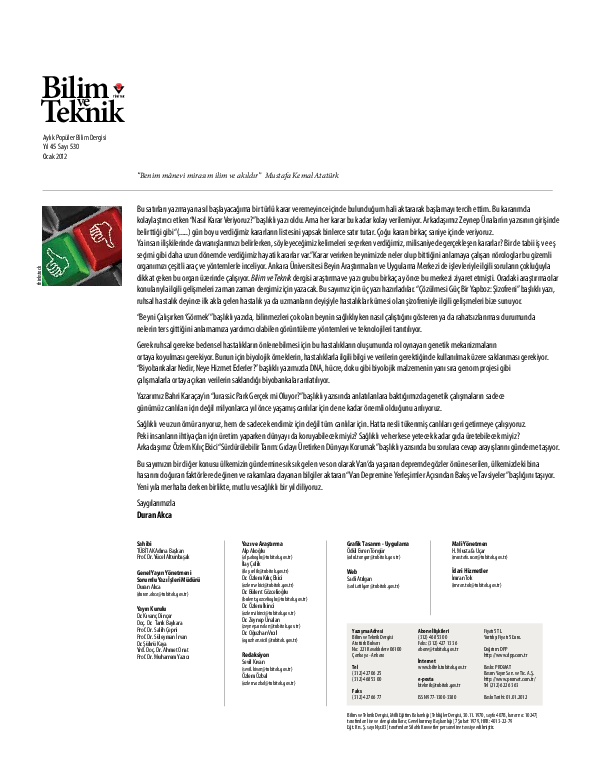
Faq 'Everybody can get information by means of “question-answer” on the taxes You can also call “Call Centre” to get answers to your all questions on tax legislation YOUR QUESTION. Figure 1: Echocardiographic images of Case 7 demonstrating the (a) absence of parallelism of the atrioventricular valves [mitral valve was cut through the short axis, whereas tricuspid valve through the long axis] and (b) vice versa and the (c, d) absence of characteristic four-chamber view demonstrating only one of the atrioventricular valve seen.
Abstract A criss-cross heart is an extremely rare congenital cardiac anomaly characterized by crossing of the inflow streams of the two ventricles and almost always associated with other severe cardiac diseases. In this article, a total of seven patients with criss-cross morphology were identified from the hospital records and clinical characteristics of these patients and associated congenital cardiac diseases were discussed in the light of the literature data. Age on admission ranged from one month to 13 years. Of the seven patients, three presented with cyanosis, three with murmur, and one with respiratory distress and heart failure. The visceroatrial situs was solitus in all patients including levocardia in five and dextrocardia in two. The atrioventricular connection was concordant in four patients and discordant in one patient, while double-inlet ventricle was present in two patients.
The ventriculoarterial connection was concordant in four patients and discordant in one patient, while doubleoutlet ventricle was present in one patient and single outlet (pulmonary atresia) in another patient. Two patients underwent corrective biventricular repair, while one patient underwent bidirectional cavopulmonary shunting. Crisscross heart is an extremely rare and complex anomaly which should be kept in mind to recognize with echocardiography. Download mp3 big bang day after day. Case Presentation Between January 2006 and August 2014, seven patients with criss-cross morphology were identified from the hospital medical records and cardiac catheterization database. In addition to the demographic and clinical findings, echocardiography, cardiac catheterization, and angiography findings of all of the patients at the time of initial diagnosis were obtained from their medical records. The diagnosis of criss-cross morphology was established by echocardiography in case of inability to obtain a characteristic four-chamber view in any plane through detailed two-dimensional and Doppler echocardiographic examinations using the 3 or 7 MHz probe of a Vivid 7 ultrasound device (GE Vingmed Ultrasound AS, Horten, Norway). All patients had associated congenital heart defects.
Cardiac catheterization and angiography were performed to obtain pressure or oxymetric data to identify associated defects. Case 1– A 1 3-year-old m ale w as r eferred t o o ur clinic with murmur, palpitation, and easy fatigue. His physical examination revealed a 3/6 systolic murmur best heard at the upper left sternal area. He had no cyanosis. Echocardiography demonstrated crisscross morphology as well as situs solitus levocardia, congenitally corrected transposition of great arteries (ccTGA) with right anterior aorta, straddling mitral valve, large inlet ventricular septal defect (VSD), atrial septal defect (ASD) and valvular and subvalvular pulmonary stenosis (PS) with a maximum pressure gradient of 70 mmHg.
New Articles
- Torrent Camille Claudel 1915 English Subtitles
- Malayalam Tv Serial Actress Salary
- Instal Simak Bmn Windows 7
- Bpm Studio Pro 501 Multilanguage Pack Serial
- Sql Server Compact 35 Sp2 Query Tools
- Btd5 Deluxe Serial Key Generator Download
- Valentina Studio Serial Key
- 13 Steps To Mentalism Tony Corinda Pdf
- Genealogicheskoe Drevo Shablon Dlya Zapolneniya V Vorde
- Download Video Lagu Disaat Sendiri Dadali
- Windows 95 Bootable Iso Torrent Download